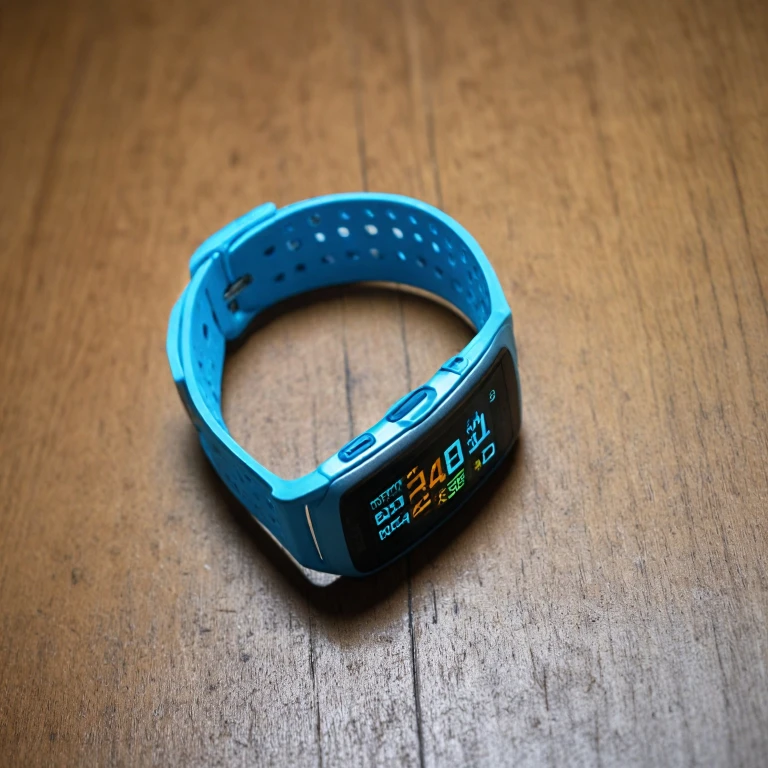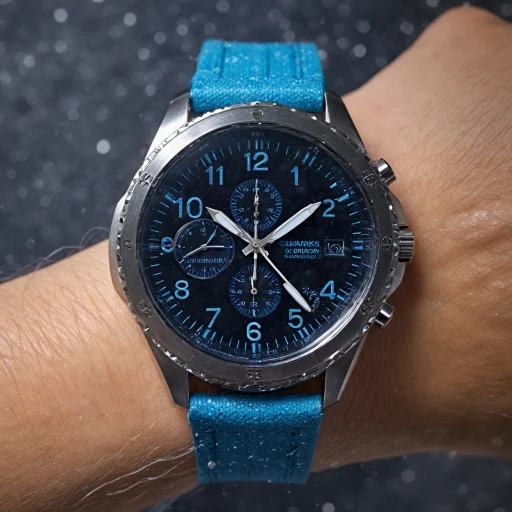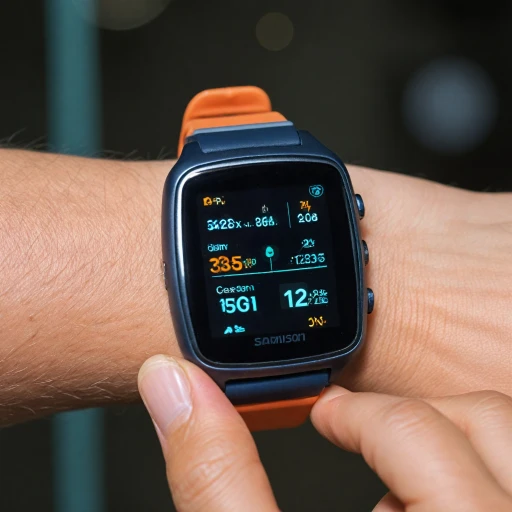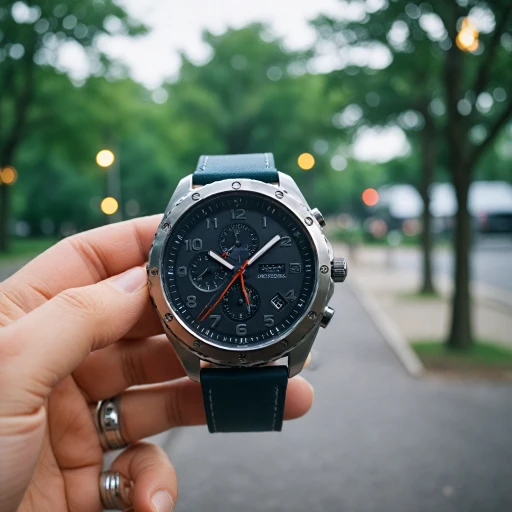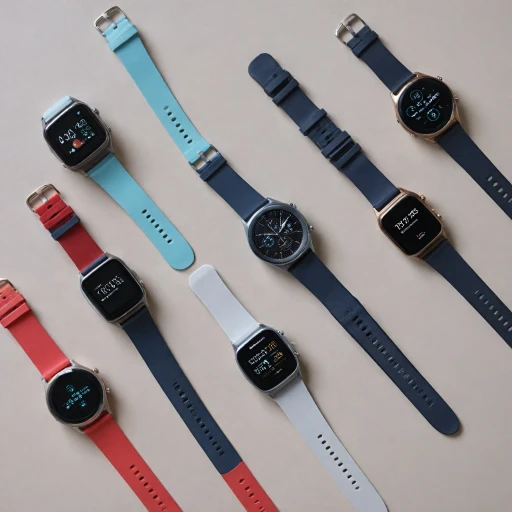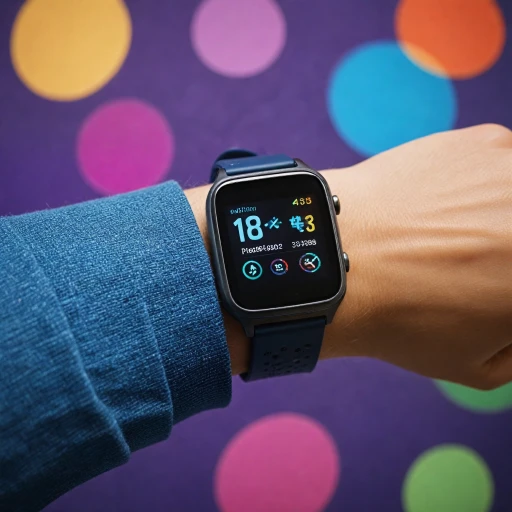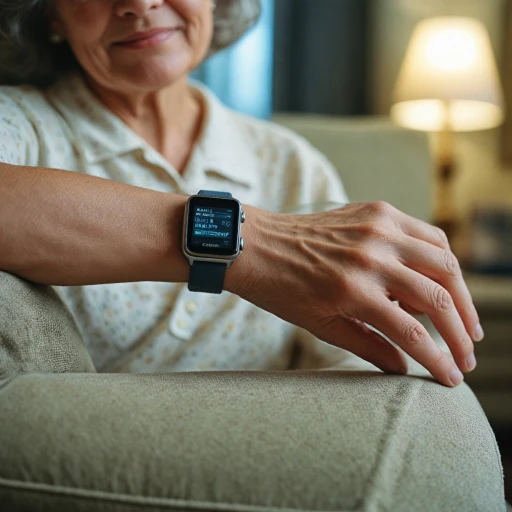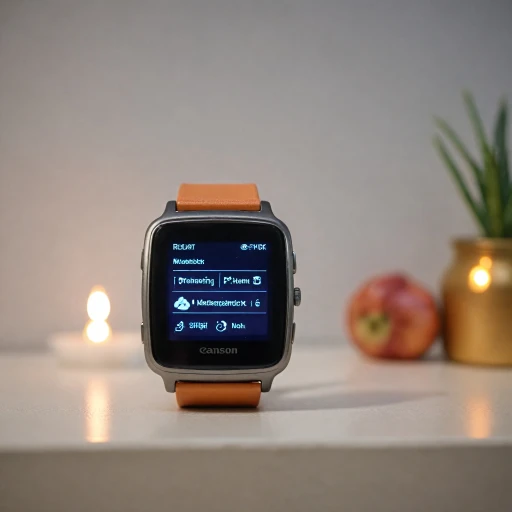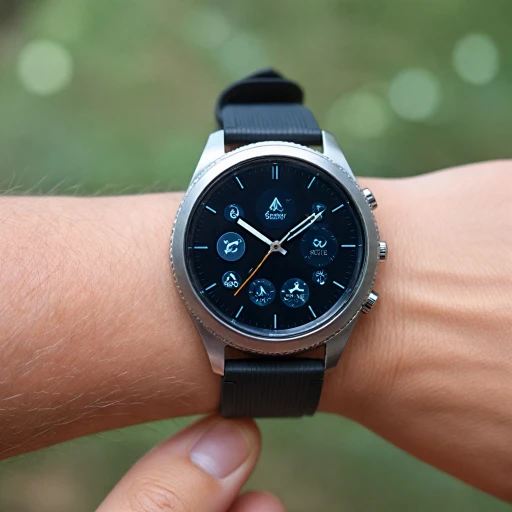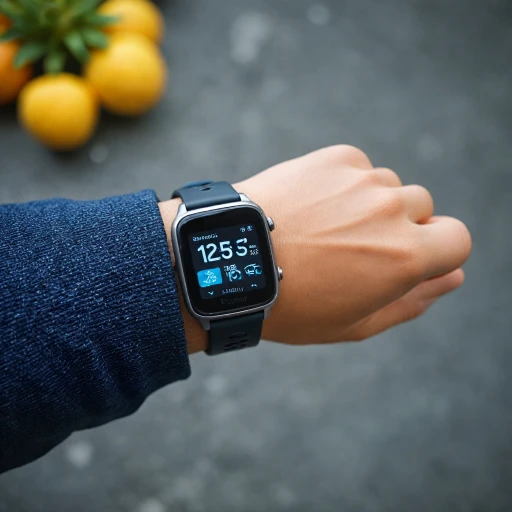Understanding the Basics of Step-Counting Wristbands
Exploring the World of Fitness Trackers
The world of fitness trackers, specifically step-counting wristbands, is a dynamic and ever-evolving space. These devices have become a staple for those eager to monitor their health and fitness, boasting a range of capabilities that go far beyond simply counting steps. At their core, step-counting wristbands, also known as pedometer watches or fitness trackers, are designed to help individuals seamlessly incorporate physical activity into their daily routines. Fitness trackers come equipped with a plethora of features that make tracking exercise and health metrics virtually effortless. They utilize sensors that detect motion, allowing them to accurately log activities such as walking, running, and more advanced workouts. The step count feature allows users to track their daily steps, set and achieve goals, and keep tabs on their overall health and fitness journey.Delving into Tracker Features
When considering a step-counting wristband, several features should be assessed to ensure the device meets your personal fitness needs. Key attributes include heart rate monitoring, sleep tracking capabilities, blood oxygen level detection, and water resistance. Many popular versions like the Fitbit Charge and the Amazfit Bip offer a comprehensive suite of tracking options, making them top choices among fitness enthusiasts. Battery life is another crucial factor; a device with extended life days ensures you spend more time tracking and less time charging. Review sites often highlight these aspects, providing stars reviews based on user experience and satisfaction.Understanding Accuracy
Accuracy is a pivotal consideration when discussing step-counting wristbands. Modern devices employ advanced algorithms to enhance precision in step counting, heart rate monitoring, and other health indicators. However, it's essential to recognize the potential discrepancies that can arise in different devices, thus affecting pedometer accuracy. Assessing accuracy might involve a personal analysis or consulting user reviews and expert analyses. Overall, choosing the best step-counting wristband involves understanding the basic functionality, assessing key features, and acknowledging the device's role in fostering a sustainable, active lifestyle.Key Features to Look for in a Step-Counting Wristband
Essential Characteristics to Consider in a Step-Tracking Device
Navigating the varied landscape of step-counting wristbands calls for a keen eye on particular features that suit your lifestyle and fitness objectives. Here’s a breakdown of vital elements to guide your decision in selecting the most apt tracker for your needs.- Accuracy of Step Count: At the core of any pedometer watch or fitness tracker lies its ability to accurately count your steps. The precision in tracking can vary, influenced by the technology a device employs. Devices from reputed brands like Apple Watch and Fitbit Charge are engineered with advanced sensors ensuring reliability in distance measurement.
- Heart Rate Monitoring: Keeping tabs on your heart rate offers critical insights into your health and exercise patterns. Many step-tracking devices now come equipped with heart rate monitors, making it easier to evaluate your exertion levels during activities like walking and running. Accurate rate tracking can help improve your fitness over time.
- Battery Life: A standout feature for any fitness tracker is battery life. Whether embarking on long hikes or simply navigating daily routines, selecting a model like the Amazfit Bip, known for its lasting life days, ensures your device stays functional when you need it most.
- Water Resistance: For outdoor enthusiasts and swimmers, a water-resistant device becomes indispensable. Ensuring your fitness watch can withstand perspiration, accidental spills, or brief immersion in water broadens the scope of activities you can engage in without worry.
- Display and Design: A step counter device's display should be easy to read, offering clear visibility whether you are standing still or on the go. Sleek and intuitive designs are not just fashionable but also enhance the usability of the device.
- Multifunctional Capabilities: Beyond step counting, many modern trackers offer additional features like sleep tracking and blood oxygen measurement, offering a holistic glance at your health status. Fitness designs integrating these capabilities cater to users desiring comprehensive health data.
- Compatibility: When selecting a smart watch, ensure its compatibility with your smartphone’s operating system, be it Apple's iOS or Android. This integration facilitates seamless data tracking and makes the most out of your fitness journey.
Comparing Popular Step-Counting Wristbands
Assessing Step-Counting Wristbands: Popular Choices Explored
When it comes to selecting a reliable step-counting wristband, numerous options cater to various needs and preferences. Each device boasts unique features, ranging from basic pedometer functions to advanced health tracking capabilities. Diving into a few popular models can offer insights into what might best suit your lifestyle.- Fitbit Charge Series: Known for robust step-tracking capabilities, the Fitbit Charge is a standout in the fitness world. It provides comprehensive fitness tracking, including heart rate monitoring, sleep analysis, and a step counter. Users benefit from a long battery life, typically lasting several days, and a clear display for ease of use.
- Apple Watch Series: More than just a step counter, the Apple Watch offers a wide range of features including health tracking mechanisms such as blood oxygen monitoring and heart rate tracking. While primarily a smartwatch, its exercise and step-counting functions are highly rated and can be seamlessly integrated with both Apple and Android devices.
- Amazfit Bip Series: For those who prioritize battery life and affordability, the Amazfit Bip is an excellent choice. Known for its extended life, often reaching several weeks on a single charge, it efficiently tracks step count while providing essential fitness tracking features. Its lightweight design and durability make it a great companion for both walking and running activities.
The Science Behind Step Counting: How Accurate Are They?
Understanding the Accuracy of Step-Tracking Devices
Step-counting wristbands, or as they're often called, fitness trackers, have become essential tools for those aiming to monitor their daily activity levels. Understanding their accuracy, however, is crucial when integrating them into a fitness routine. Step-counting devices primarily rely on accelerometers to measure steps. These sensors detect movement patterns, translating them into step counts. While the technology is sophisticated, several factors can influence its accuracy.- Activity Level: Walking, running, and other forms of exercise might be detected differently depending on the device's motion sensitivity. A brisk walk may be recorded accurately, but subtle movements such as hand gestures may not always translate into accurate step counts.
- Wear Position: Where you wear your step counter, whether on your wrist or a different area, can affect its measurements. For instance, wearing a smart watch may result in slight variations compared to a device worn closer to the torso.
- Device Calibration: Not all step counters are created equal. Factors like initial setup, such as inputting your stride length, can impact results. Some devices, like the Fitbit Charge or Apple Watch, offer personalized settings that cater to your specific walking and running patterns, potentially boosting accuracy.
- Environmental Interference: External factors, like vibrations from a moving vehicle, can occasionally be misinterpreted as steps by certain devices, thereby affecting your daily count.
Integrating Step-Counting Wristbands into Your Daily Routine
Making Your Step-Counting Wristband a Daily Companion
Integrating a step-counting wristband into your daily routine can greatly enhance your fitness and overall health awareness. These devices, whether you're using a more basic pedometer watch or a sophisticated smart watch like the Apple Watch, are designed to seamlessly fit into various activities in your day.
Prioritize Consistency
One of the keys to maximizing the benefits of your fitness tracker is consistency. Wear your tracker, such as the Fitbit Charge or Amazfit Bip, every day. This ensures an accurate step count and helps establish a baseline for your fitness goals. Make sure the tracker is snug on your wrist for precise heart rate tracking, especially during exercise.
Exercise and Beyond
Step-counting wristbands shine during physical activities like walking and running, providing precise data on your movement. Beyond counting steps, many offer features that track heart rate and even blood oxygen levels, providing a comprehensive view of your health. Use the display features on your device to get real-time feedback during workouts, promoting a more informed exercise routine.
Track Multiple Metrics
Step count isn't the only metric to keep an eye on. Modern fitness trackers, especially the best fitness models, provide insights into your sleep patterns, heart rate variability, and even water intake, assisting in creating a holistic health picture. Regularly review these stats to understand your fitness progress better and make informed changes to your routine.
Address Durability and Charging Concerns
Consider the battery life of your wristband for uninterrupted tracking. Devices like the Fitbit or Apple Watch may require charging every few days due to their robust features. Meanwhile, models like the Amazfit Bip offer considerably longer life days, sometimes even reaching into the weeks, perfect for those who prefer not to charge often.
Customization and Adaptation
Many trackers come with customizable options, allowing you to tailor alerts and features to suit your lifestyle. For those who prefer a water-resistant tracker, consider models that withstand various environments, enhancing your day-to-day life without limitations.
Ultimately, the best fitness tracker is not only about its features; it's about how well it integrates into your life. Regular usage and reviewing your step counter data with genuine interest can transform your tracker from a gadget into a valuable wellness ally.
